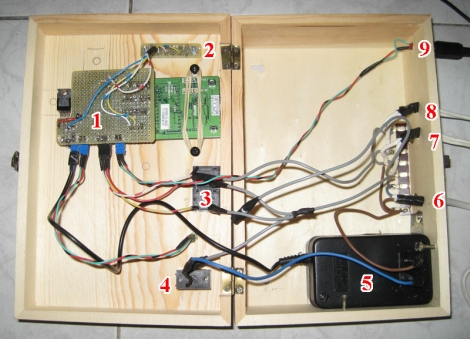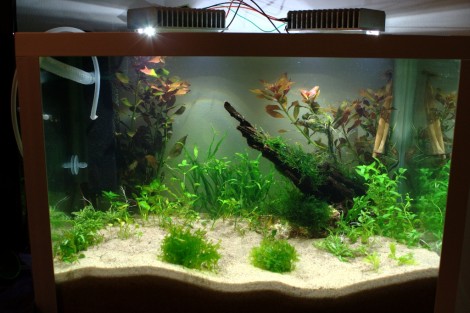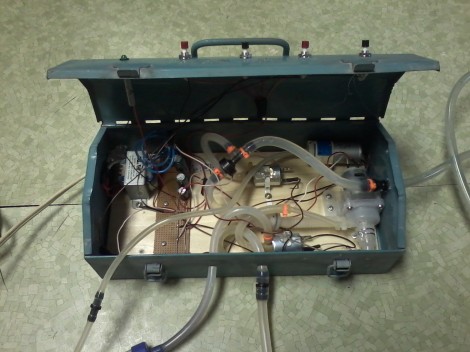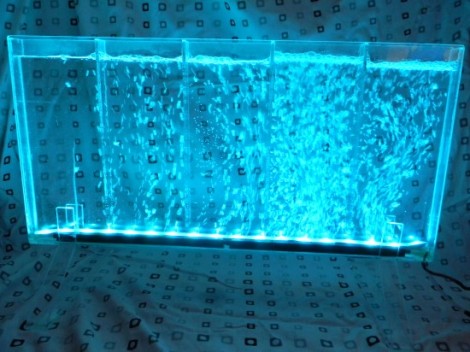Very tiny keyboard

The idea behind the iControlPad2 is pretty simple – just take the slide-out keyboard from a phone, discard the phone part, add two analog sticks and a D-pad, and put Bluetooth in it. It makes for a very small keyboard perfect for controlling a Raspi, a home media server, or even a phone or tablet. I think it’s cool, anyway.
I mustache you a question. Where’s the Hawaiian Shirt?

At her local hackerspace, [Akki] heard someone pronouncing Raspberry Pi as, “Raspberry pee eye.” Of course this joke needed to be taken to its fullest absurdity, so [Akki] gave her Raspi a [Tom Selleck] mustache. Slightly better than the Googly Eyes Arduino shield.
Not giving a Flip about proprietary batteries

When powering a Flip video camera, [Dan] had two choices: regular AA batteries, or a proprietary battery rechargeable through the USB port. When the rechargeable battery is inserted, it closes a small switch telling the Flip it can recharge these batteries. Wanting to put his own rechargeable batteries in his camera, [Dan] closed the switch with a little bit of cardboard, thus allowing him to use his own NiMH rechargeable batteries.
Building operating systems from scratch

A while ago we posting something about a Cambridge professor putting up a tutorial for developing an operating system from scratch on the Raspberry Pi. [Joey] decided to follow these tutorials and has a blog dedicated to his adventures in OS development. It’s not a custom UNIX-inspired OS yet….
Put a quarter in, get a goldfish

[Yooder] over on Reddit spent a week turning a gumball machine into a fish tank. A very nice build that is now home to a few neon tetras. Check out the imgur album for a full build walkthrough.
















